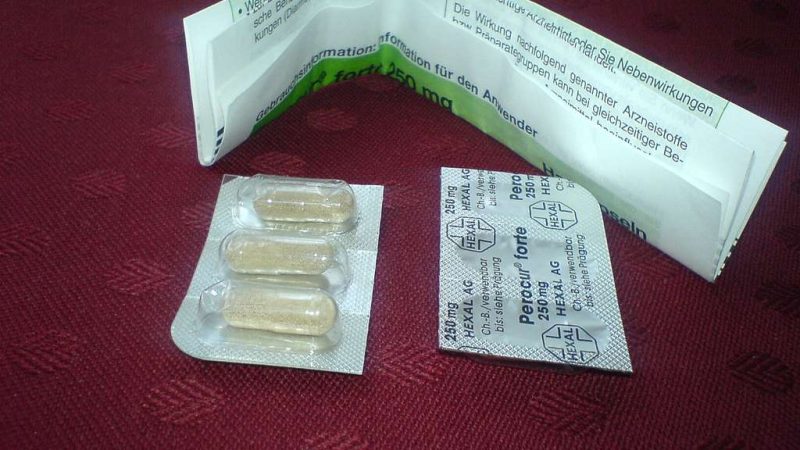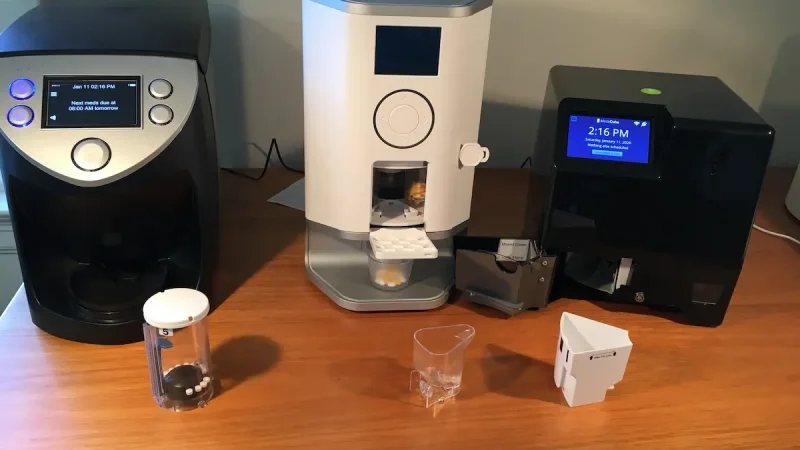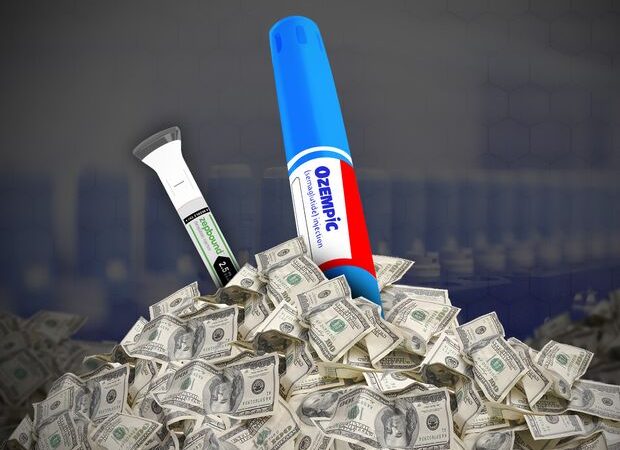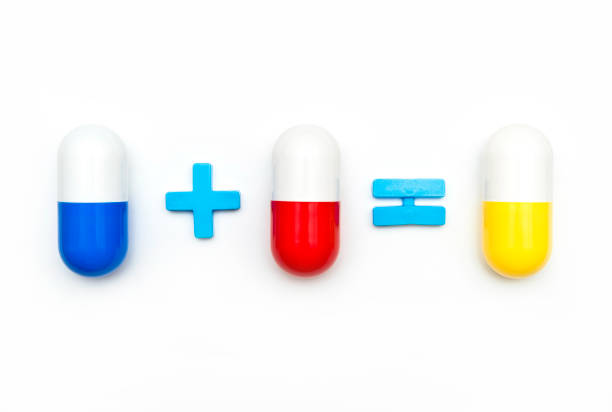How to Check if Medication Is in Stock: A Comprehensive Guide

from a local pharmacy or searching for a specific over-the-counter (OTC) item, there can be times when the medication you’re looking for may not be in stock. In this article, we will guide you through the various methods and best practices for checking if a medication is in stock. By understanding how to use pharmacy services, online resources, and effective communication with pharmacists, you can better manage your medication needs.
1. Understanding Medication Availability
Before diving into specific steps for checking stock, it’s important to know that medication availability can be influenced by several factors:
- Demand: High demand for certain medications, especially during flu season or public health emergencies, can lead to temporary shortages.
- Supply Chain Issues: Problems with manufacturing, transportation, or distribution can cause delays in stock.
- Regulations: Some medications are controlled substances, requiring special monitoring and restrictions, which can sometimes affect their availability.
- Local Availability: Smaller or independent pharmacies may not stock every medication available at larger chains or hospitals.
2. Contacting Your Local Pharmacy
The first step in checking if a medication is in stock is to reach out directly to your pharmacy. Here’s how you can do this efficiently:
A. Phone Call
The most traditional way to check the stock of your medication is to call the pharmacy. Most pharmacies are happy to confirm whether a particular drug is available. You can find their contact number on the pharmacy’s website or through directory services. Here’s how to make your call more effective:
- Have the Medication Information Ready: Be prepared with the exact name, dosage, and form (e.g., tablet, liquid) of the medication.
- Ask for Alternatives: If the medication is out of stock, inquire about alternative medications, especially if it’s a common one.
- Ask About Refill Timing: If your medication is out of stock, the pharmacy may have a timeline for when it will be restocked. Ask if they can notify you when it becomes available.
B. In-Person Visit
If calling isn’t convenient, you can visit the pharmacy in person. This method allows you to speak directly with a pharmacist, who can give you more specific information about the medication’s stock. It also lets you see if there are any other related medications available.
C. Prescription Transfers
If your usual pharmacy does not have the medication in stock, ask if they can transfer the prescription to a nearby pharmacy that has it available. Many pharmacies offer this service, and some even provide direct communication with other locations or chains to facilitate the transfer.
3. Using Online Pharmacy Services
Many pharmacies offer online tools that allow you to check medication availability from the comfort of your home. These can include:
A. Pharmacy Websites
Pharmacy chains like CVS, Walgreens, Rite Aid, and Walmart typically have an online presence that includes a search feature for checking if a medication is in stock. Here’s how to check:
- Visit the Pharmacy’s Website: Go to the home page of your preferred pharmacy.
- Search for the Medication: Type the name of your medication in the search bar, along with dosage and form (e.g., 500 mg tablets, oral suspension).
- Check Stock Availability: The website should show whether the medication is available at the location you choose. If it’s not in stock, it might give you options to order it online or check availability at other nearby stores.
B. Pharmacy Apps
Many major pharmacies now offer mobile apps that provide real-time stock updates. Apps like CVS, Walgreens, and Rite Aid allow you to:
- Check medication availability
- Order refills online
- Track prescriptions
- Transfer prescriptions
By downloading your local pharmacy’s app, you gain access to these tools and can check stock instantly with a few taps on your smartphone.
4. Checking with Online Pharmacies
For some medications, especially those not commonly stocked by retail pharmacies, online pharmacies may have better stock levels. Websites like GoodRx, HealthWarehouse, PharmacyChecker, and Amazon Pharmacy offer a wide range of medications, both prescription and over-the-counter. Here’s how to check availability with online pharmacies:
- Search for the Medication: Similar to using a traditional pharmacy website, use the search bar to find your medication.
- Check Pricing and Availability: Online pharmacies often provide clear indicators of stock levels, and you can compare prices across different platforms.
- Shipping Times: If the medication is in stock, review the shipping options to make sure it will reach you in time.
5. Reaching Out to Your Doctor
If you’re facing difficulties obtaining your medication, your healthcare provider can be an invaluable resource. Here’s why and how to involve them:
A. Confirming Generic Alternatives
If your prescribed medication is unavailable, your doctor might suggest a generic version of the same drug, which could be more widely available. Ask your doctor if they can prescribe a generic alternative or if they know of a pharmacy with better availability for that specific medication.
B. Prescription Adjustments
If the shortage or unavailability is temporary, your doctor may recommend an interim solution, such as a different medication or dosage, until your original prescription becomes available again.
6. Special Considerations for Prescription Medications
Prescription medications, especially those categorized as controlled substances, may have stricter availability restrictions. Here’s what you need to know:
A. Controlled Substances
Medications like opioids, benzodiazepines, and certain ADHD medications are often in high demand and can be subject to availability issues. Many pharmacies require you to present identification and a paper prescription to fill these medications, and they may not allow refills. If the medication is unavailable:
- Ask About Local or Chain Availability: Larger pharmacy chains may be more likely to have controlled medications in stock, especially if they operate 24/7.
- Be Prepared for Delays: Some controlled substances require specific verification before filling, so there might be a wait even after confirming availability.
B. Refills and Timing
For medications that require refills, make sure to plan ahead to avoid running out. Pharmacies often allow you to request refills a few days before your supply runs out, especially for routine medications.
7. Managing Medication Shortages
Occasionally, medications may experience shortages due to supply chain issues, manufacturing delays, or recalls. When this happens, there are a few strategies you can use to manage:
A. Ask for a Substitution
If your medication is temporarily unavailable, your doctor or pharmacist may be able to suggest an alternative drug or a different formulation (e.g., switching from a tablet to a liquid).
B. Join a Waiting List
Some pharmacies maintain waiting lists for popular medications that are out of stock. Ask your pharmacist if you can be added to one, so you can be notified when the medication becomes available.
C. Monitor National Shortages
In cases of widespread shortages, it can help to monitor industry news and updates from reliable sources like the FDA or CDC. These organizations often provide updates on drug availability and suggest alternatives.
8. Using National and Local Resources
In addition to your pharmacy and doctor, there are other resources you can tap into:
A. National Drug Shortage Websites
Websites like Drugs.com and the FDA Drug Shortage page list drugs that are experiencing shortages. If the medication you need is on the list, these websites often provide an estimated time frame for when it might be restocked.
B. State and Local Resources
Your state’s health department or local medical board may offer information about drug availability. Additionally, some states have pharmacies that specialize in hard-to-find medications and can offer guidance.
9. Final Tips for Medication Management
- Refill in Advance: Try to refill prescriptions ahead of time, especially if you know you’ll be needing the medication during times of high demand (like flu season or around holidays).
- Consider Mail-Order Pharmacies: Some mail-order pharmacies have larger inventories, as they serve broader geographical areas.
- Use Medication Reminder Apps: Apps like Medisafe can help you stay on top of refills, reminding you when to reorder your prescriptions.
Conclusion
Checking if your medication is in stock involves a combination of using traditional methods, online tools, and leveraging your healthcare provider’s expertise. By being proactive and using all available resources, you can minimize the risk of running out of critical medication. Whether it’s calling your local pharmacy, using online services, or consulting your doctor, there are multiple ways to ensure your health needs are met in a timely and efficient manner





